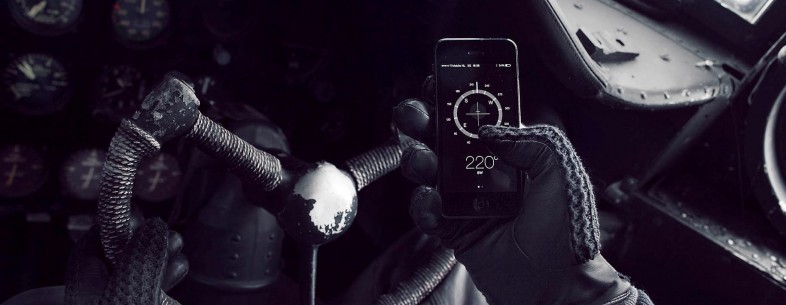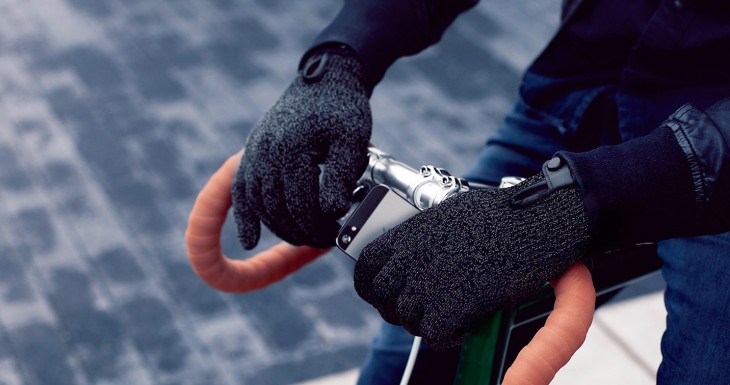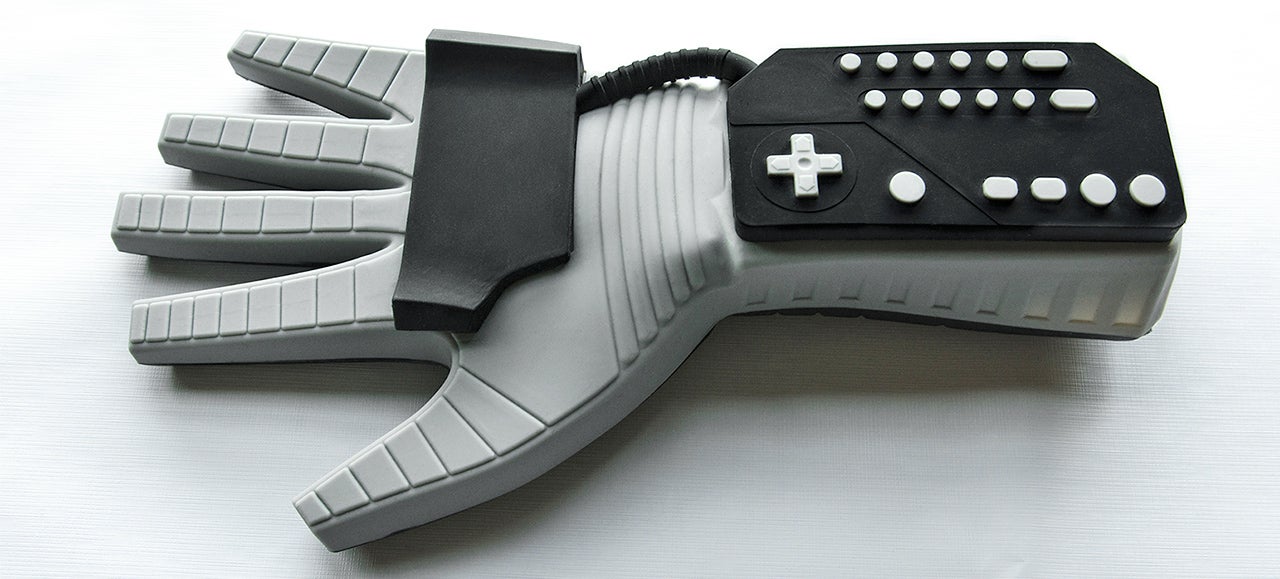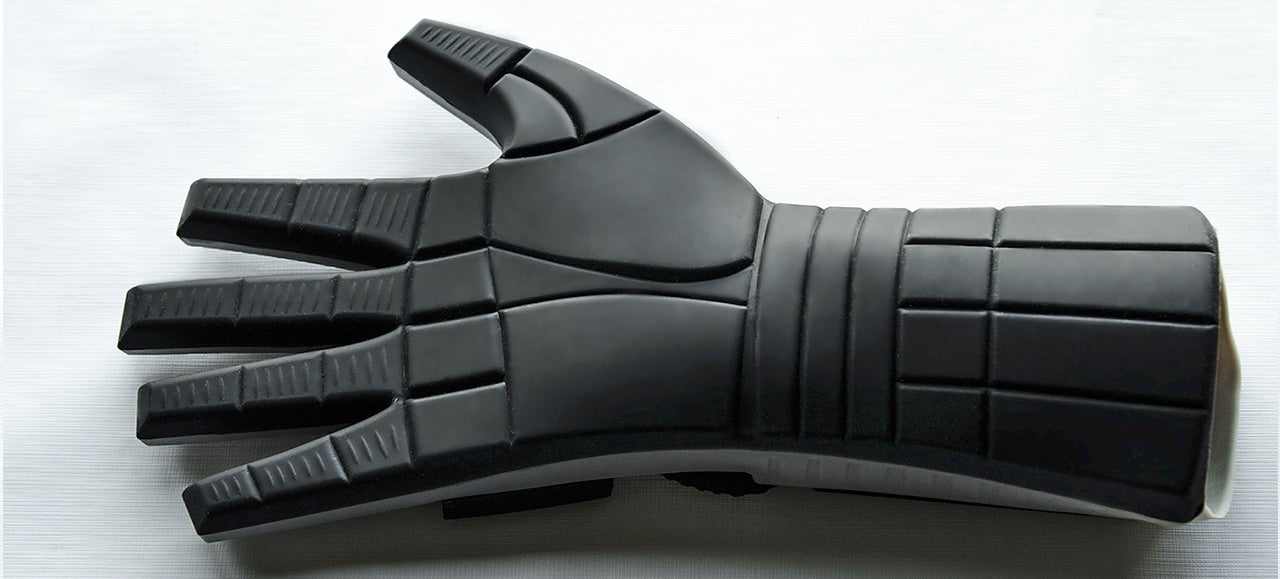Benefits of drinking water early in the morning
Drinking water in empty stomach in the morning can be immensely beneficial for the body
We tend to complicate things when it comes to taking care of our health. A few simple steps can go a long way in taking care of our health, and one easy way of ensuring it is by drinking sufficient water in empty stomach first thing in the morning. Not only does it clear your stomach, it goes a long way in reducing the risk of a number of diseases. Firstly, it purifies the colon and it improves the stomach's chances to absorb nutrients properly. A better digestive system automatically takes care of a lot of other things. It is also one of the secrets behind a glowing skin, as water removes the toxins from the blood. Drinking water also improves the creation of new blood cells as well as muscle cells, and helps you in losing weight.
Also, make sure not to eat anything for a while after you drink water in the morning. This water treatment therapy has no side effects and boosts your metabolism greatly. About four glasses of water (one litre) on an average daily would be great. If it feels too much in the beginning, you can start off slowly and then gradually increase the intake
Drinking water in empty stomach in the morning can be immensely beneficial for the body
We tend to complicate things when it comes to taking care of our health. A few simple steps can go a long way in taking care of our health, and one easy way of ensuring it is by drinking sufficient water in empty stomach first thing in the morning. Not only does it clear your stomach, it goes a long way in reducing the risk of a number of diseases. Firstly, it purifies the colon and it improves the stomach's chances to absorb nutrients properly. A better digestive system automatically takes care of a lot of other things. It is also one of the secrets behind a glowing skin, as water removes the toxins from the blood. Drinking water also improves the creation of new blood cells as well as muscle cells, and helps you in losing weight.
Also, make sure not to eat anything for a while after you drink water in the morning. This water treatment therapy has no side effects and boosts your metabolism greatly. About four glasses of water (one litre) on an average daily would be great. If it feels too much in the beginning, you can start off slowly and then gradually increase the intake





















